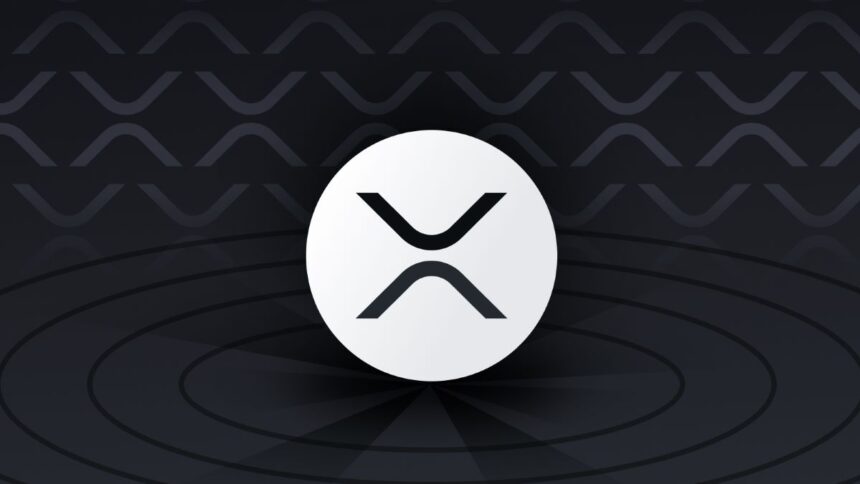
- XRP and RLUSD have a major functional connection in the payment system.
- Notably, RLUSD has a counterparty risk, while XRP does not, as it is decentralized.
XRPL validator Vet recently shared crucial insights regarding the role of Ripple’s backed digital asset XRP and the RLUSD stablecoin. Vet highlighted that XRP and RLUSD have a special connection as they collaborate to improve trading efficiency and liquidity across the decentralized network.
Key Differences and Complementary Roles of XRP and RLUSD
Also, XRP and RLUSD have unique characteristics and complementary roles that help them foster seamless transactions in the XRPL ecosystem. Vet pointed out that a key difference between XRP and RLUSD is in their nature.
RLUSD and XRP work great together.
Differences?
Most notably, XRP is neutral and has no counterparty. RLUSD has a counterparty, Ripple.
Complementary?
XRP can bridge liquidity between RLUSD and other tokens. Its neutral nature reduces counterparty risk for market makers.
— Vet (@Vet_X0) December 10, 2024
According to the XRPL validator, XRP is a neutral, decentralized digital asset with no counterparty risk. XRP leverages this neutrality as a bridge asset to enable efficient cross-border value transfers and reduce counterparty concerns for market participants.
Vet, however, highlighted that RLUSD has Ripple as its counterparty. As mentioned in a CNF report, Ripple’s RLUSD stablecoin is backed in a 1:1 ratio with the US dollar. RLUSD is a reliable medium of exchange within the ecosystem and will assist users in avoiding the unpredictable volatility common in the crypto market.
RLUSD depends on Ripple’s support, but XRP remains an independent asset with intrinsic liquidity benefits. The assets complement each other by addressing distinct needs within the XRPL ecosystem. Due to its neutrality and liquidity, XRP can be a bridge asset for transactions using RLUSD and other tokens.
The assets’ complementary function benefits market makers, as XRP’s neutral nature reduces counterparty risk and can streamline liquidity across diverse assets. Vet, however, noted in a subsequent post that direct stablecoin-to-stablecoin transactions, like RLUSD to RLCAD, will remain an alternative.
He pointed out that the XRPL’s algorithm automatically chooses the best conversion offers. Vet added that the RLUSD stablecoin would help Ripple merge its payment system with the XRPL.
RLUSD’s Potential Impact and XRP’s Role
Meanwhile, the crypto market is watching to see the transformative role RLUSD will play in the ecosystem following its approval by the NYDFS. CNF reported earlier that the New York Department of Financial Services (NYDFS) has officially granted Ripple Labs approval for its RLUSD stablecoin.
The approval aligns with Ripple’s broader strategy to expand its role in the stablecoin market, which is projected to reach $2 trillion by 2028. To ensure RLUSD’s wide accessibility, Ripple has partnered with major exchanges, including Uphold, Bitstamp, and Bitso.
RLUSD is designed to transform conventional cross-border transactions through innovative solutions. Ripple plans to involve RLUSD and XRP to eliminate current challenges like the requirement for pre-funded nostro accounts in the banking sector.
XRP’s capability to maintain efficiency across the XRPL makes it indispensable. The broader market consensus is that XRP’s neutral, liquid asset role will ensure its relevance in most RLUSD conversion scenarios. Still, some highly liquid trading pairs may bypass XRP entirely.
According to a CNF report, experts believe the launch of RLUSD could increase the usage of XRP and thus boost the price. As of this writing, XRP price was trading at $2.42, up 3.7% in the last 24 hours.







